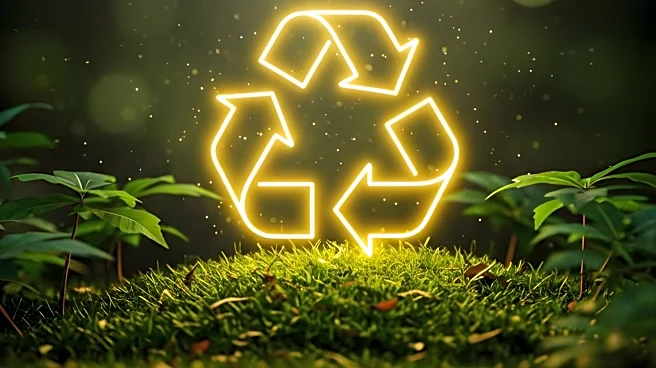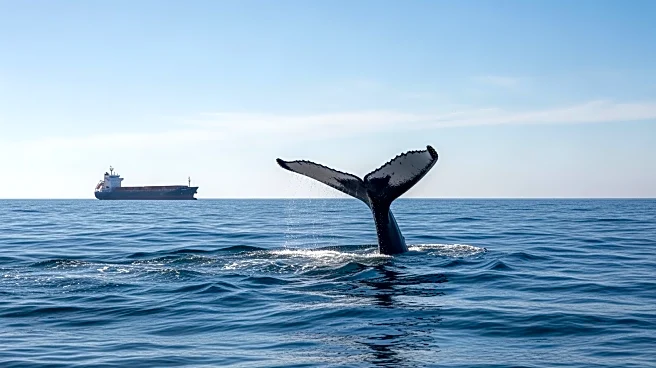What's Happening?
Heal the Bay, an environmental organization, has initiated a program to recycle Halloween costumes in an effort to reduce plastic waste. The main collection point for these costumes is the Heal the Bay Aquarium
located at the Santa Monica Pier. This initiative aims to address the environmental impact of discarded costumes, which often contain non-biodegradable materials. By encouraging the public to recycle their costumes, Heal the Bay hopes to promote sustainable practices and reduce the amount of waste that ends up in landfills.
Why It's Important?
The recycling initiative by Heal the Bay is significant as it addresses the growing concern of plastic waste, which poses a threat to marine life and ecosystems. By focusing on Halloween costumes, which are typically used once and then discarded, the organization is tackling a specific source of waste that contributes to environmental degradation. This effort not only helps in reducing landfill waste but also raises awareness about the importance of recycling and sustainable living. The initiative could inspire similar programs across the country, potentially leading to broader environmental benefits.
What's Next?
As the program gains traction, Heal the Bay may expand its recycling efforts to include other types of seasonal or single-use items. The success of this initiative could lead to increased community involvement and partnerships with local businesses and schools to further promote recycling. Additionally, the organization might explore educational campaigns to inform the public about the environmental impact of plastic waste and the benefits of recycling.
Beyond the Headlines
This initiative highlights the cultural shift towards sustainability and the growing public interest in environmental conservation. It reflects a broader trend of community-driven efforts to combat pollution and protect natural resources. The program also underscores the role of local organizations in leading environmental change and the potential for grassroots movements to influence policy and consumer behavior.











